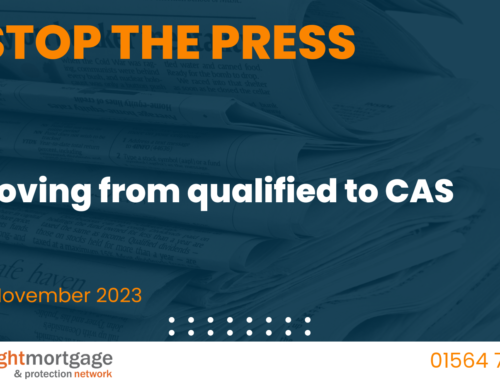Training and Competence
I said it last week and I repeat it again, one of the cornerstone processes for any financial services business is the program for training and competence – the T&C Scheme. This is particularly so in a network environment where the business has a large number of disparate operations with a wide geographical reach. It is a fundamental control requirement with the regulator, but more important, it is the mechanism by which we can work closely with you at firm and individual level to keep you safe in business.
Performance Measurement
Key Performance Indicators (KPIs) set the standards to be maintained and provide a measure to help determine the competency of the Adviser. These are clearly recordable and measurable items in terms of the way each adviser conducts business and are highly influenced around the ability to demonstrate that the adviser is putting customer’s best interest at the heart of everything they do and making every effort to prevent fraud and financial crime.
The measurements are overseen by the firm or individual’s appointed Compliance Manager. The Compliance Manager’s role is to analyse all information and data and discuss appropriate action with the adviser. Assessment of the measures is undertaken quarterly and will result in a risk rating, classified as Red (high risk), Amber (medium risk) or Green (low risk) – a ‘RAG’ risk rating.
Subsequent to the assessment and the outcome of the risk rating the network will be able to set out future, ongoing monitoring and, where necessary, to set up formal meetings will be arranged and documented to aid ongoing competency.
The measures to be assessed will include the following:
- File reviews
- Data and information from product partners – lenders and insurers
- Sales and persistency data – bias, cancellations and lapses
- Complaint data and customer survey feedback
- Any instances of errors, omissions or general rule/procedure breaches
- Continual Professional Development (CPD)
- Performance reviews (one to one meetings) with the individual
- General observations and feedback
- Observed meetings (trainees/remedial action)
- Role plays (trainees/remedial action)
In due course we will let you know more detail about these measures and what is required to ‘pass’ each measure. The process will be pragmatic and some measures will have a greater influence than others. As a reassurance I will say now that for any adviser that is following our procedures and dealing with customers in fair manner you will have no problems. The system is designed to ‘catch’ those that are falling and help them to develop their competence, which I know is something that you all would welcome. A further update will follow next week.
Mortgage Credit Directive
The MCD has been in consideration and consultation over a number of years and is a consequence of the UK’s membership of the European Union and legislation passed to ensure pan-European harmony within the financial services sector.
As the UK operates a highly regulated industry the gap between existing regulation and the new rules was relatively small. (Just think about the impact in countries that have immature or sub-scale financial services industry who are now undertaking a radical overhaul!) The FSA/FCA did much to bridge any existing gaps through implementation of the Mortgage Market Review, but this left some further changes, being implemented now through the MCD.
Proposed regulation of the Buy to Let market was vetoed to a large extent, the UK Government successfully argued that the UK Buy to Let sector is predominantly commercial lending to experienced investors, but a category of buy to let lending called Consumer Buy to Let was created to afford protection to ‘consumers’ who are considering buy to let more out of necessity than as a pre-meditated business venture.
All forms of unsecured consumer lending, much of which was regulated by the Office of Fair Trading in the UK, were to be subject to closer scrutiny, hence the transfer of consumer credit licensing from the OFT to the FCA and the creation of a new rule book called CONC. In the main this brought significant change for small to medium loan providers – payday lenders, hire purchase providers, unsecured lenders and the like. This also meant that secured loans not already covered by FCA rules would have to become regulated too and the FCA took the decision to bring second charge/secured lending within the MCOB rule book.
These two changes alone will vary the way mortgage advisers operate. In addition to this will be the process changes around production of an ESIS (or KFI Plus) document, binding offers, reflection periods and so on. More on those in future weeks. Next week I will focus on changes to second charge lending and how these impact on you.
Electronic Identity Verification
I am pleased to be able to distribute guidance on how to register and use the Sanctions Search ID verification system.
EIV can be used where the customer transaction is done remotely. For face to face mortgage transactions you would handle the original identity documents in the usual way, take a copy for the record and attach the copy to The Key. For protection sales identification is not necessary as this is carried out at point of claim by the insurer.
For remote mortgage transactions we would recommend that you ask the customer to provide you a copy of their identity document (this could be scanned and emailed), which will help you carry out the EIV process. Never accept any documents that you have not handled and copied yourself for any transactions without also carrying out an electronic check.
Please click here to read the sanctions search and ID verification process





